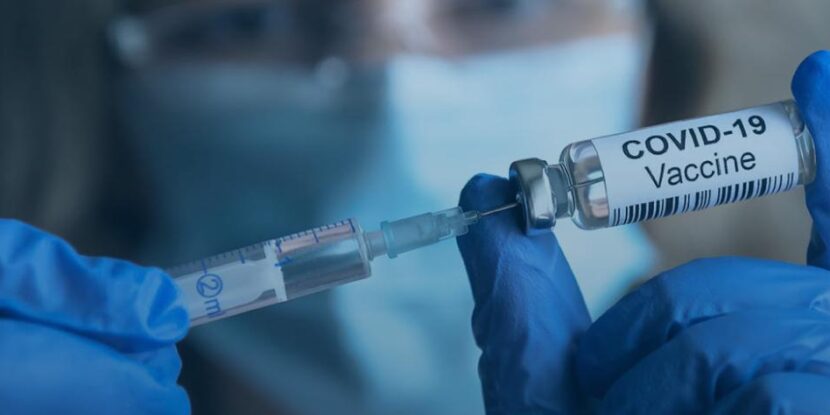❓WHAT HAPPENED: A peer-reviewed study revealed that U.S. National Institutes of Health (NIH)-funded researchers created over 200 synthetic SARS-CoV-2 constructs using genetic engineering.
👤WHO WAS INVOLVED: Researchers at Washington University School of Medicine, funded by NIH grants, conducted the study.
📍WHEN & WHERE: Published January 15, 2025, in the journal Science Advances, research conducted in federally regulated BSL-3 labs.
💬KEY QUOTE: “We generated genetically BC [barcoded] SARS-CoV-2 viruses… We pooled >200 BC viruses and WT-D614G based on equal infectious viral titers,” the study stated.
🎯IMPACT: The study raises concerns about taxpayer-funded research creating transmissibility-enhanced pathogens despite the experience of the Wuhan virus pandemic.
A peer-reviewed study published earlier this year confirms that the U.S. National Institutes of Health (NIH) funded researchers to create over 200 synthetic versions of the SARS-CoV-2 virus. These were developed using lab-based genetic engineering to construct novel entities not found in nature.
The study, published on January 15, 2025, in the journal Science Advances, was conducted at Washington University School of Medicine and supported by multiple NIH grants. The research team employed a reverse genetics system to assemble genetic material and created a pool of over 200 genetically barcoded versions of the virus, each carrying a unique tracking barcode.
The authors confirmed that these synthetic constructs do not resemble any naturally occurring SARS-CoV-2 lineage. “We generated genetically BC [barcoded] SARS-CoV-2 viruses… We pooled >200 BC viruses and WT-D614G based on equal infectious viral titers,” the study explained. The work adhered to NIH biosafety protocols and was carried out in federally regulated BSL-3 biocontainment labs.
Additionally, these constructs were engineered to include the D614G spike mutation, a genetic alteration associated with increased transmissibility in humans and animals. The study notes, “We also introduced a D614G mutation in the Spike gene of SARS-CoV-2.” This mutation has been linked to gain-of-function traits, enhancing the pathogen’s ability to bind to host cells and sustain transmission.
While researchers framed the project as a tool to study viral transmission, the creation of transmissibility-enhanced constructs raises serious safety questions. The COVID-19 pandemic is widely believed to have been caused by a leak following similar research at a lab in Wuhan, China.
Join Pulse+ to comment below, and receive exclusive e-mail analyses.



















